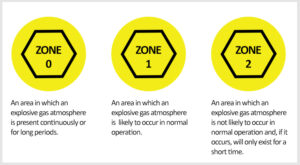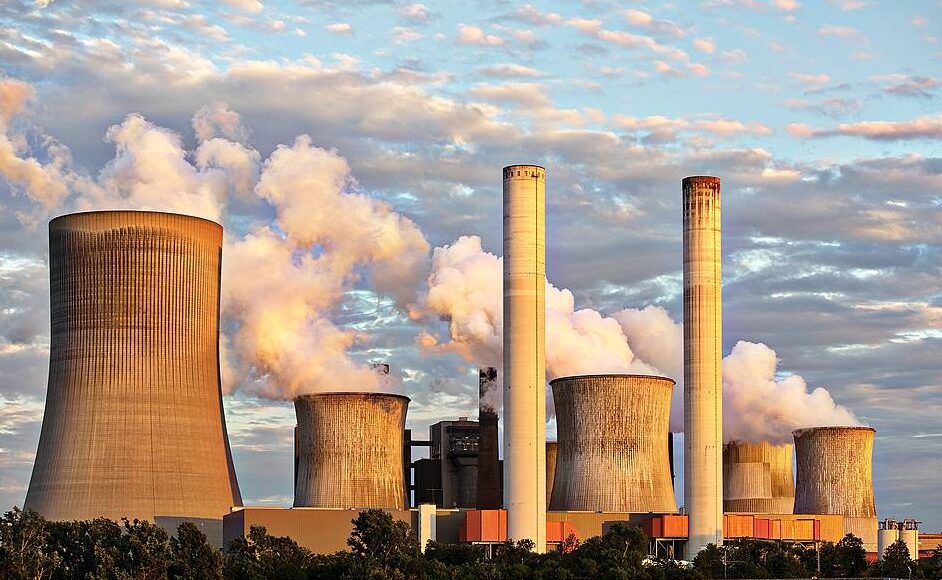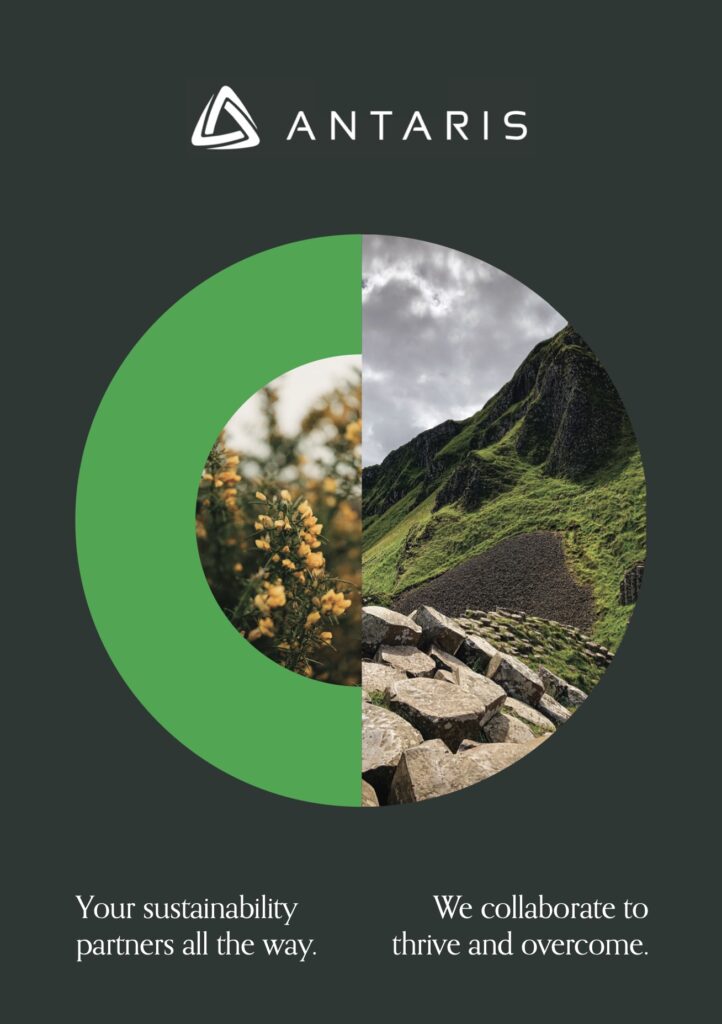Explosive atmospheres
Whare are Explosive Atmospheres?
An explosive atmosphere means a mixture with air, under atmospheric conditions, of flammable substances in the form of gases, vapours, mists or dusts in which, after ignition has occurred, combustion spreads to the entire unburned mixture. An explosive atmosphere does not always result in an explosion, but if it caught fire, the flames would quickly travel through it. If this happens in a confined space (e.g. in plant or equipment) the rapid speed of the flames or rise in pressure could also cause an explosion.
Explosive atmospheres can be caused by flammable gases, mists or vapours or by combustible dusts. If there is enough of the substance, mixed with air, then all it needs is a source of ignition to cause an explosion. Explosions can cause loss of life, serious injuries as well as significant damage. A number of fatalities have occurred in Ireland in the last number of years, which are attributable to explosive atmospheres. Preventing the release of such substances as well as preventing sources of ignition are the two main ways of reducing the risk of explosion.
ATEX is the name commonly given to the two European Directives for controlling explosive atmospheres:
- Directive 99/92/EC (also known as ‘ATEX 137’ or the ‘ATEX Workplace Directive’) on minimum requirements for improving the health and safety protection of workers potentially at risk from explosive atmospheres. The text of the Directive and the supporting EU produced guidelines are available on the EU-website.
- Directive 2014/34/EU (also known as ‘ATEX 95’ or ‘the ATEX Equipment Directive’) concerning equipment and protective systems intended for use in potentially explosive atmospheres. The text of the Directive and EU produced supporting guidelines are available on the EU website.
What are my duties as an employer with respect to Explosive Atmospheres?
Part 8 of the Safety, Health and Welfare at Work (General Application) Regulations 2007: Explosive Atmospheres at Places of Work places a duty of care on employers to eliminate or control the risks from explosive atmospheres in the workplace. Many workplaces may contain, or have activities that produce, explosive or potentially explosive atmospheres. These include, but are not limited to, places of work that produce or use flammable gases and vapours such as paint spraying, solvent usage or liquified petroleum gas (LPG) or workplaces that handle fine organic dusts such as flour, grain, sand or sawdust.
Employers must provide workers who work in zoned areas with appropriate clothing that does not create the risk of an electrostatic discharge igniting the explosive atmosphere, e.g. anti-static footwear. The clothing provided depends on the level of risk identified in the risk assessment.
Employers must classify areas where hazardous explosive atmospheres may occur into zones. The classification given to a particular zone, and its size and location, depends on the likelihood of an explosive atmosphere occurring and its persistence if it does. Schedule 10 of Part 8 of the Safety, Health and Welfare at Work (General Application) Regulations 2007 contains descriptions of the various classifications of zones for gases and vapours and for dusts.
For gases, vapours and mists the zone classifications are:
- Zone 0 – That part of a hazardous area in which a flammable atmosphere is continually present or present for long periods.
- Zone 1 – That part of a hazardous area in which a flammable atmosphere is likely to occur in normal operation.
- Zone 2 – That part of a hazardous area in which a flammable atmosphere is not likely to occur in normal operation and, if it occurs, will exist for a short period.
Source: ATEX / IECEx approved sensors (hbproducts.dk)
Any area that is not classified as Zone 0, 1 or 2 is deemed to be non-hazardous, as flammable atmospheres are not expected to be present. Special precautions for the construction and use of electrical apparatus or for the control of non-electrical ignition sources are therefore not required although such an area may still be part of a greater restricted area.
The zoning above does not cover areas where combustible dusts may be present, but a three-zone approach (Zones 20, 21 and 22) has now also been adopted for dusts. Further information is available in the IEC 61241 series.
For dusts the zone classifications are:
- Zone 20 – A place in which an explosive atmosphere, in the form of a cloud of combustible dust in air, is present continuously, or for long periods or frequently for short periods.
- Zone 21 – A place in which an explosive atmosphere, in the form of a cloud of combustible dust in air, is likely to occur occasionally in normal operation.
- Zone 22 – A place in which an explosive atmosphere, in the form of a cloud of combustible dust in air, is not likely to occur in normal operation but, if it does occur, will persist for a short period only.
The supply of equipment to zones 0, 1 or 2 or zones 20, 21 or 22 is regulated by SI No 230 of 2017 European Union (Equipment and Protective Systems for use in Potentially Explosive Atmospheres) Regulations 2017 as amended by SI No 322 of 2022 European Union (Equipment and Protective Systems for use in Potentially Explosive Atmospheres) (Amendment) Regulations 2022.
The hazardous area zone classification and corresponding equipment categories are:
- Zone 0 or zone 20 – category 1 equipment
- Zone 1 or zone 21 – category 2 equipment
- Zone 2 or zone 22 – category 3 equipment
Selecting the correct Personal Protective Equipment (PPE) for use in explosive (Ex) environments is problematic as PPE is excluded from the equipment categories of the ATEX Equipment Directive (2014/34/EU). However, PPE manufacturers, in conjunction with independent specialist test houses, are able to assess their garments against IEC 60079 for use in ATEX environments and identify the zones in which they are safe to be used.
The Health and Safety Authority has published guidelines for employers with respect to explosive atmospheres at places of work: Explosive Atmospheres at Places of Work – Health and Safety Authority (hsa.ie)
How can Antaris help?
Antaris is registered and certified by CompEx, which is the international scheme for competency validation and certification of personnel who work in explosive atmospheres (Antaris are now CompEx Registered! – Antaris Consulting). Antaris is competent to undertake ATEX risk assessments, develop Explosion Protection Documents and provide advice to employers on explosive atmospheres. Moreover, Antaris provides the following CompEx certified training courses: CompEx Foundation (ExF) Explosive Atmospheres and CompEx Ex14 Responsible Persons.
More information about Antaris services in relation to explosive atmospheres can be found on our website: Occupational Health & Safety Training – Antaris Consulting









